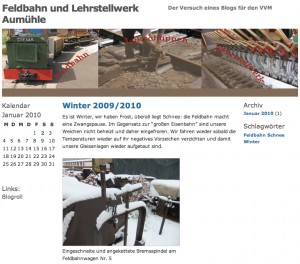Dampfloks sind ja irgendwie unmoderne, rauchende und daher schmutzige Ungeheuer aus längst vergangenen Tagen, faszinieren aber, weil sich da was bewegt und man geradezu greifen kann, wie die Energieumwandlung abläuft.
Naja, aber Dampfloks sind seit 40, 50 Jahren nicht weiterentwickelt worden, weil niemand sie mehr haben will.
Ein paar Enthusiasten halten allerdings nach wie vor das Fähnchen hoch und restaurieren nicht bloß, sondern haben tatsächlich die Entwicklung vorangetrieben.
Moderne Dampfloks dampfen nur noch, aber rauchen nicht mehr. Die Abgase sind oft sogar sauberer, als die von modernen Dieselloks. Der Wirkungsgrad wurde ebenfalls kraftvoll gesteigert – Wälz- bzw. Rollenlagerung, sowie isolierte Kessel und Leitungen, effizienter Durchzug und Kohlevergasung (falls die Lok mit Kohle geheizt wird) tragen dazu bei.
Die möglicherweise modernste aller Dampfloks kurvt in der Schweiz herum. Bis zum 11. Oktober fährt sie im Liniendienst auf der Hauenstein-Linie, in der Hoffnung, dass diese Strecke nicht durch Busse abgelöst wird, sondern die vorhandenen E-Triebzüge durch mit Dampf bespannte und dadurch Touristen anlockende Züge ersetzt wird.
Hier ein paar Videos dieser Lok:
Lok 52 8055 Video 1
Lok 52 8055 Video 2
Ein paar Infos zu dieser Lok:
Infos zu Lok 52 8055
Die Lok wird ab 2010 in Friesland unterwegs sein:
Lok 52 8055 ab 2010 in Friesland
